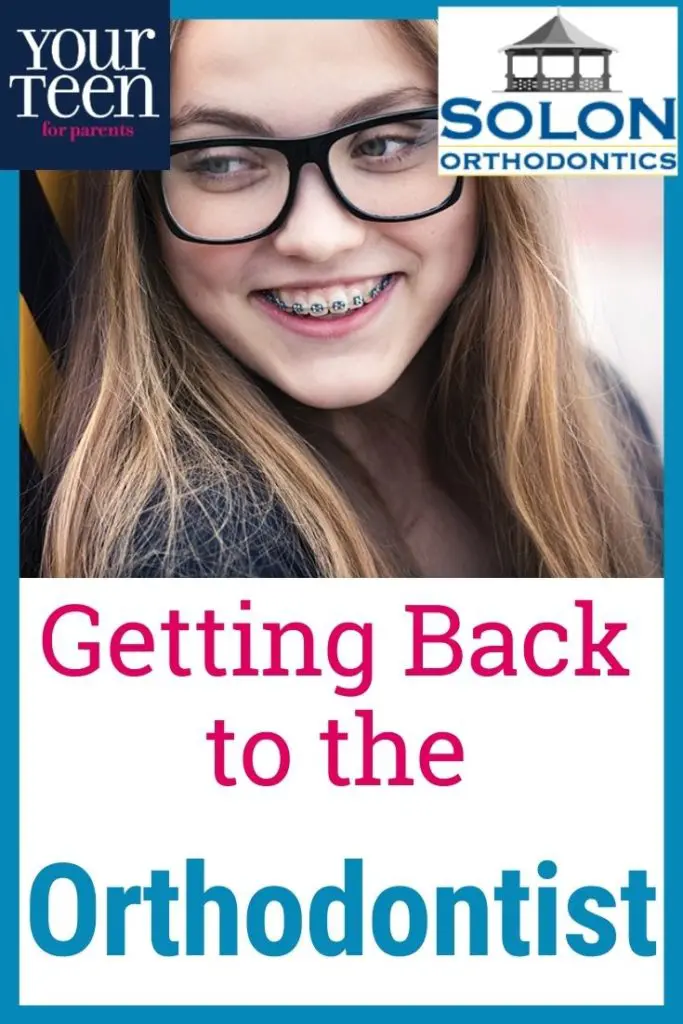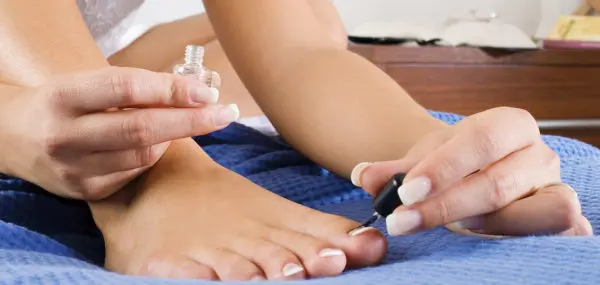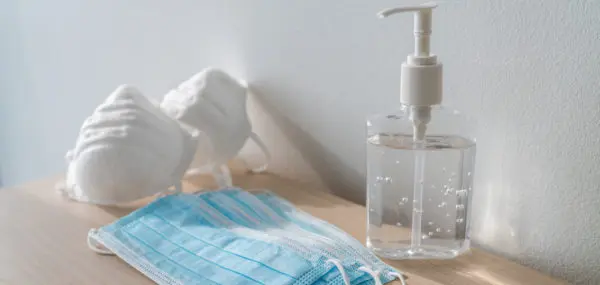If your teen has braces, you know that the COVID-19 lockdown has made getting into the orthodontist’s office more difficult. Are you concerned about your teen’s orthodontic treatment falling behind? We spoke with Philip D. Bomeli, D.D.S., M.S., of Solon Orthodontics in Solon, Ohio, about how to get back on track.
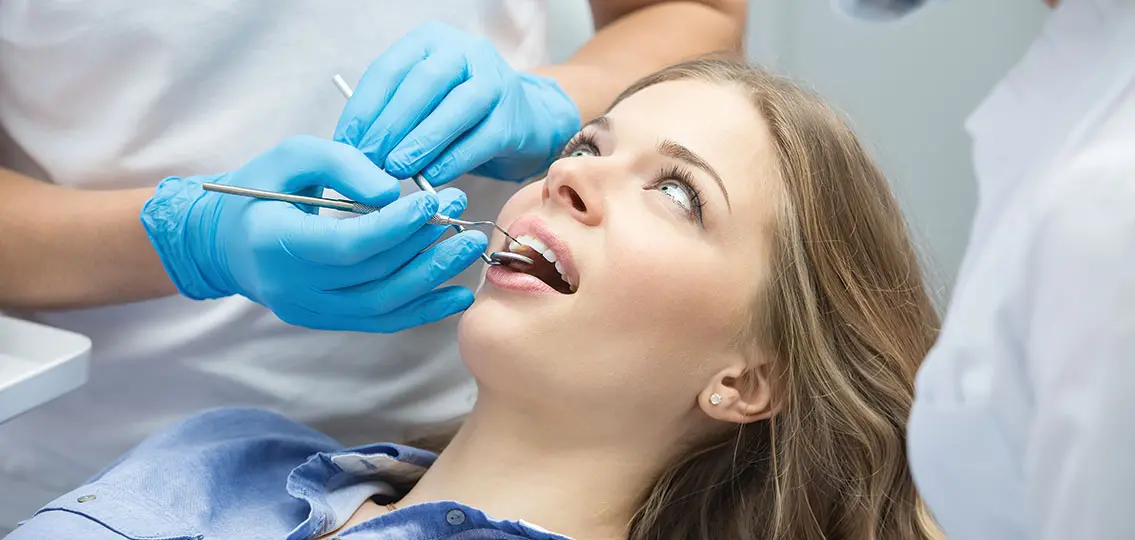
Q: With social distancing guidelines in place, what should patients expect when they visit the orthodontist?
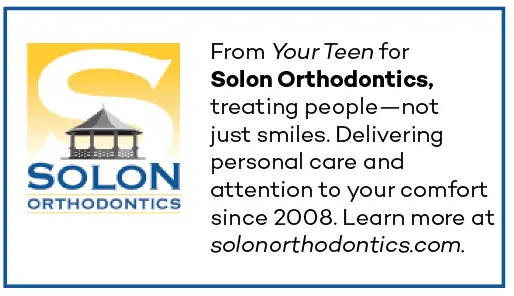
Q: How do you reassure apprehensive patients?
Bomeli: We understand, of course. We want our patients to feel comfortable and ready to come in. Many of our patients are excited just to be getting out of the house—even the orthodontist is an outing! We did have a handful of patients who expressed that they didn’t feel ready to come in. For all of our patients, we want you to feel comfortable and safe, and we do this by informing our patients by email and over the phone about what our office is doing to comply with safety protocols. As medical professionals, we are already trained to implement sterilization and cleaning protocols. We also have a private room in our office which we outfitted especially for those patients who want to use extra precautions.
Q: The lockdown has interrupted treatment for some patients—how did you get back on track?
[adrotate banner=”177″] Bomeli: The shutdown closed our office for about six weeks. When our office reopened, we were playing catch up with those patients who had not been into our office since March. We saw those patients in active treatment first. The kids I really felt for were those who had been expecting to get their braces off in March and had to wait a few extra months for that. Getting your braces off is a pretty big deal for most patients.
Q: How did you prioritize patients coming back after reopening?
Bomeli: Often patients at the very last stages of treatment need small final adjustments before that long removal appointment, and those patients were the most affected by the COVID-19 shutdown because timing is so important. Those patients either in the beginning or in the middle of orthodontic treatment should not be affected as much. The first six months of treatment is about letting the wires bring teeth into alignment and wearing your elastics or appliances and letting them do what they’re supposed to do.
Q: How can patients do their part to stay on track?
Bomeli: One of the biggest causes of delays for patients in active treatment is having to fix appliances that break, especially when we must do so repeatedly. Now that it’s a little harder to get into the office, if a brace pops loose, a patient might need to tread water for a few weeks in their treatment. However, if a patient is experiencing discomfort for any reason (for example a pokey wire, loose braces, etc.), we make it a priority to see those patients as soon as possible. Patients can help themselves stay on track by listening and carefully following instructions: avoiding eating sticky or very hard things, wearing their elastics, making sure to be careful with their retainers, and generally avoiding doing damage to their appliances.
Q: Teens still lose their retainers, even at home. What do you tell patients who need a new retainer?
Bomeli: If it’s just been a couple weeks, don’t panic—but don’t put it off. Teeth can move one millimeter per month and small spaces can open up if you aren’t wearing a retainer. For those patients who are coming in for retainer checks periodically, we’ve been delaying those appointments. Of course, if patients are having problems with their retainers, we advise them to call our office as soon as possible so we can bring them in for an appointment. The further out of treatment you are, the better off you are. Your teeth move much more slowly than when you are fresh out of braces.
Q: Should parents who may be considering beginning orthodontic treatment for their child (or for themselves) consider delaying treatment?
Bomeli: I do not feel there is a need to consider delaying orthodontic treatment at this point. In a controlled environment with so many precautions in effect, we feel confident that our office is as safe as it can be, and we are ready for patients. Yes, things may look a little different in this phase, but dental health is important, and getting good dental care is important for your overall health as well.


